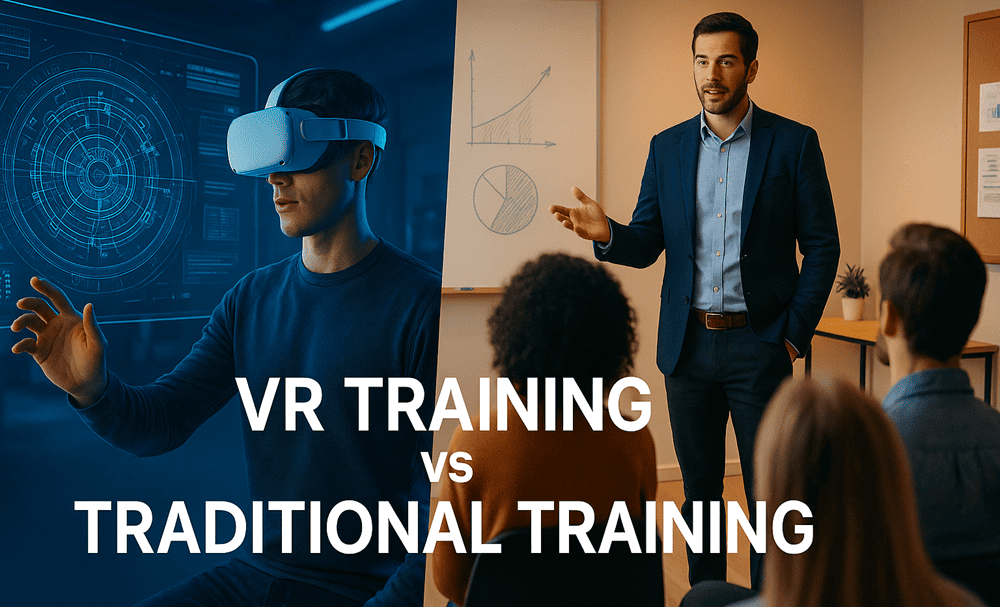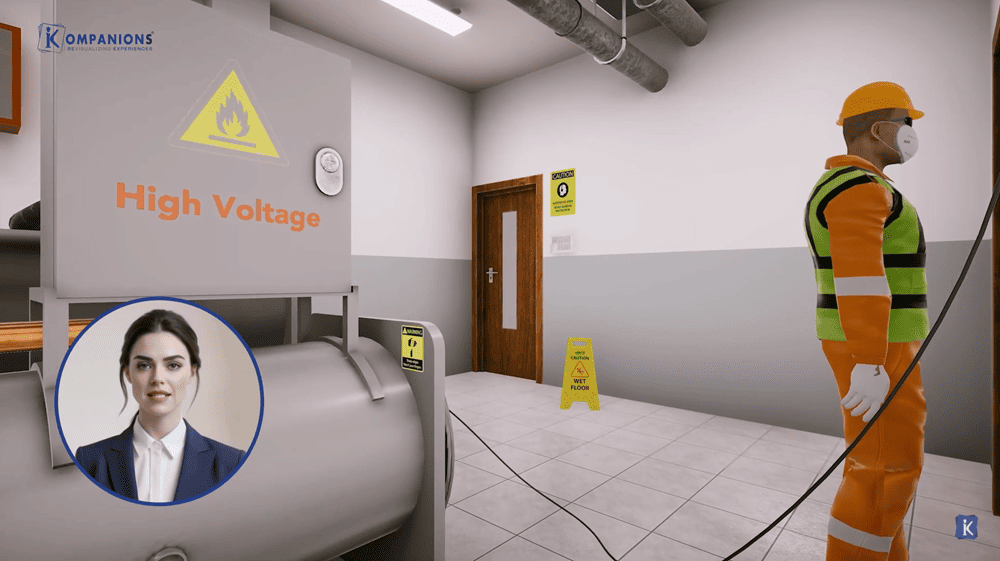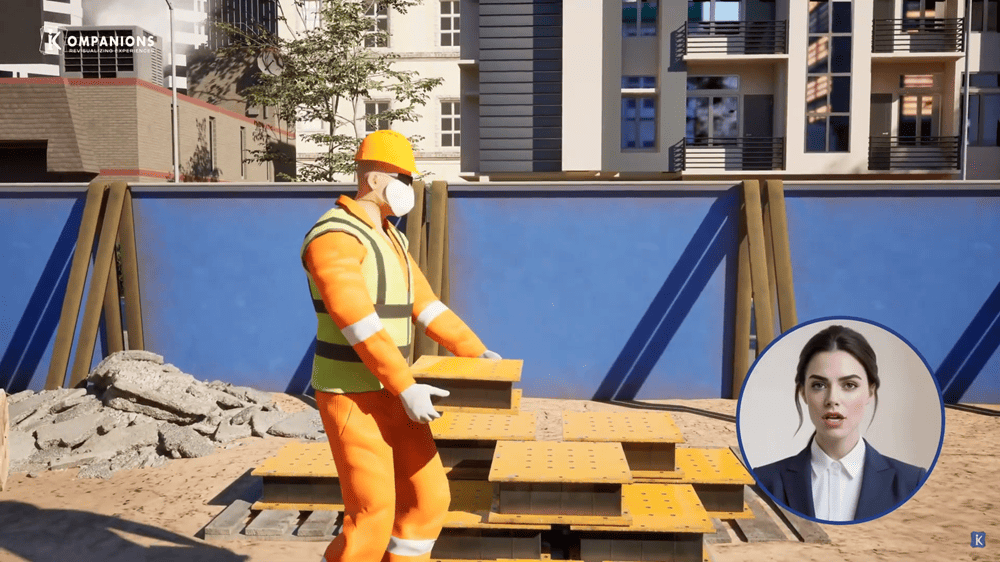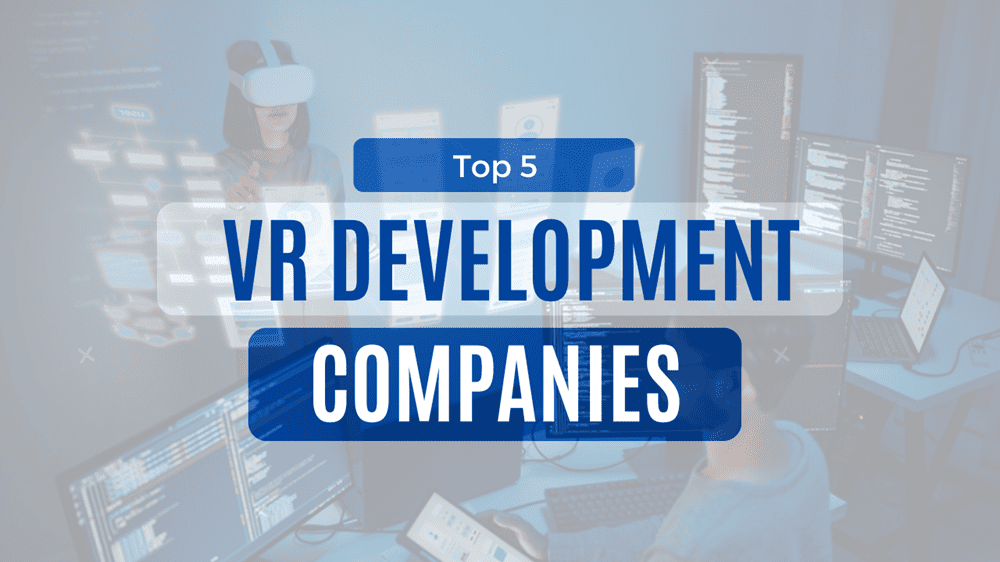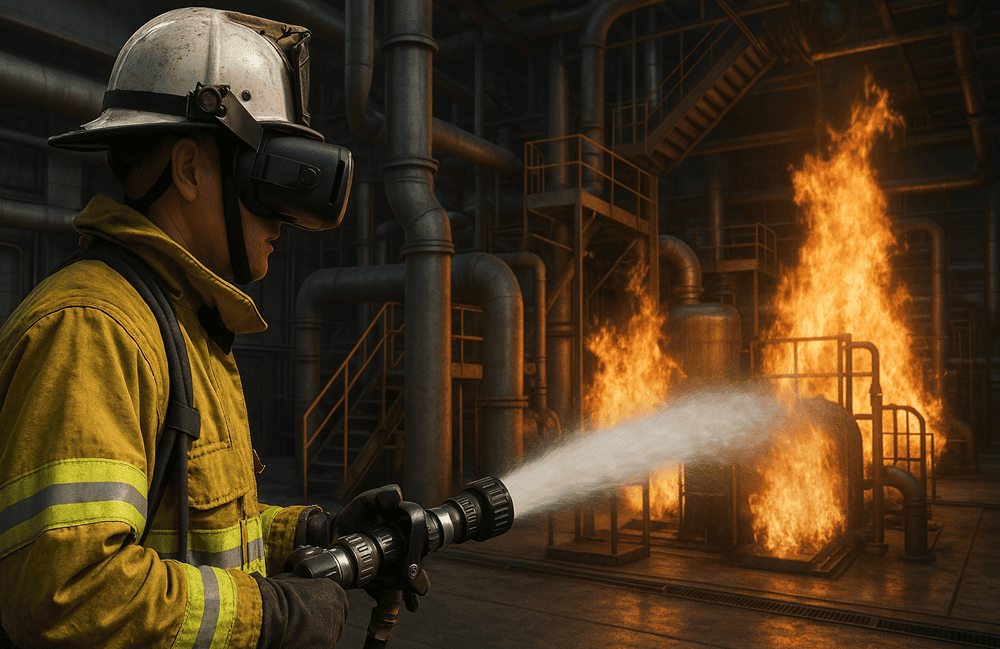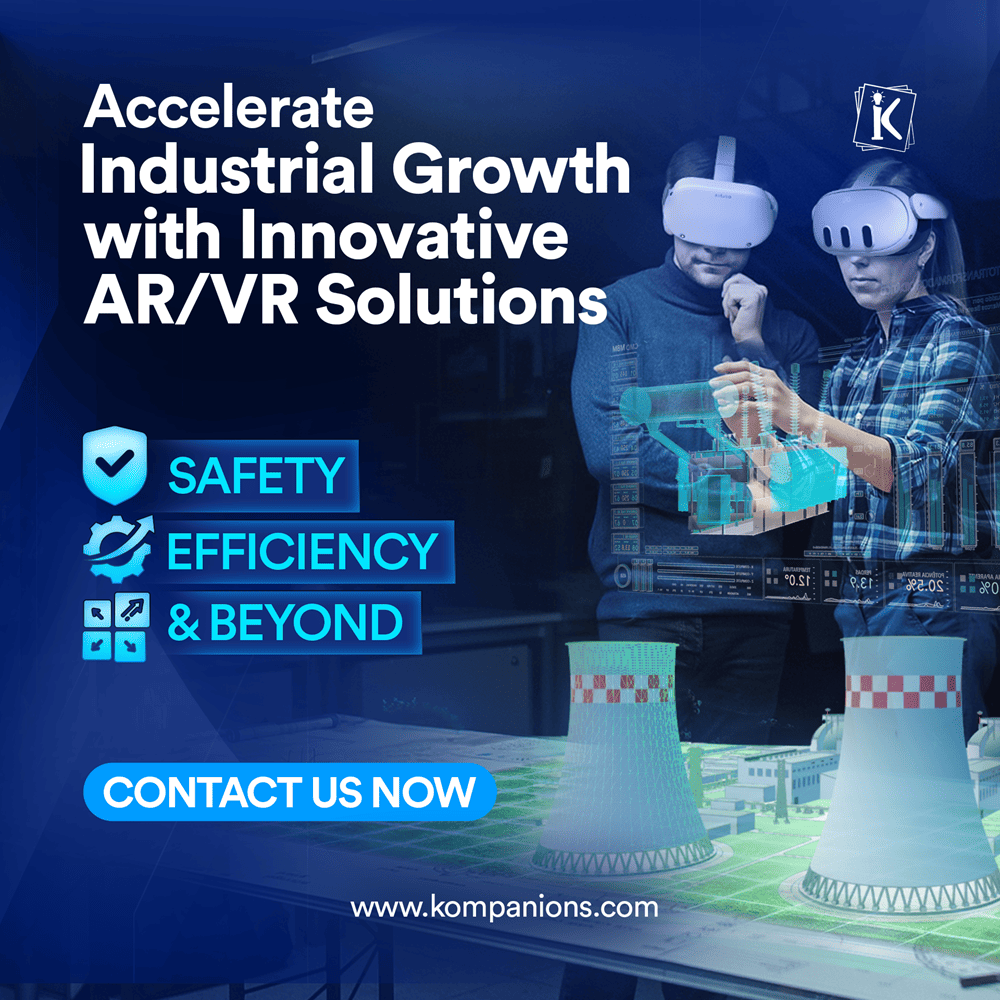VR Training Beats the Traditional: Here’s What Workers Are Saying
The way we train for workplace safety is evolving quickly. Traditional safety sessions often rely on classroom lectures, printed manuals, and outdated video content. For many workers, these methods no longer resonate. Passive instruction and minimal engagement often leave trainees underprepared for the real-world challenges they’ll face on the job site.
Virtual reality is changing that. VR safety training offers an immersive, hands-on learning experience that better reflects actual working conditions. But how do those who’ve experienced both traditional and VR training feel about the shift?
Let’s take a look at what workers are saying.
Workers Prefer VR for One Big Reason: Realism
"I finally understood how dangerous some of our tasks were, something the videos never really showed."
shared a worker from a construction firm in Ohio who adopted VR safety modules.
This sentiment is echoed across industries. Industrial AR/VR simulations help employees feel immersed in the situation, which makes the lessons stick. They can explore hazardous zones, operate equipment, and make real-time decisions, all within a safe, controlled environment. That kind of training builds muscle memory that lectures simply can't offer.
Less Boredom, More Attention
In a Reddit thread on r/construction, one user wrote:
"Those safety videos just made people zone out. But VR? You're inside the thing. You pay attention because you're part of it."
Training fatigue is a common challenge. Traditional methods often lose attention within minutes. In contrast, VR keeps users engaged through interactivity and presence.
Kompanions, for instance, has developed immersive safety training solutions that put workers in high-risk environments without the real-world danger, so they can learn by doing.
Better Recall Under Pressure
A factory technician from a logistics company in New Jersey shared during a LinkedIn case study:
“We had a drill two weeks after the VR session. Most of the guys nailed it, because they’d already lived that moment inside the headset.”
This aligns with research showing that VR safety training leads to improved memory retention and more effective decision-making during high-stress situations. Kompanions' clients have seen stronger response times and fewer errors after implementing VR-based modules.
Confidence Is Key and VR Delivers
Feedback from a construction site safety manager in Texas stated:
"We noticed new hires were more confident around equipment after VR training compared to the classroom ones. They made fewer rookie mistakes.”
Confidence matters, particularly in high-risk environments where uncertainty can be dangerous. With VR safety training solutions, employees can repeat training scenarios until they’re fully comfortable, without putting themselves or others at risk.
Train safer with VR. Experience risk-free hazardous environment training in VR from KOMPANIONS
Book a Free DemoNot Just for Newcomers
Veterans are seeing value, too. In a YouTube interview hosted by a VR safety provider, a senior crane operator commented:
“I didn’t think I’d learn anything new. But it turns out VR highlighted things I’d started overlooking out of habit.”
Complacency can be just as dangerous as inexperience. VR doesn’t only teach—it refreshes, reinforces, and recalibrates what even seasoned workers know. Whether it's correcting bad habits or reinforcing updated protocols, VR training keeps everyone sharp.
What Does This Mean for Safety Leaders?
If your workers are zoning out during briefings, struggling to apply procedures onsite, or lack hands-on experience, it may be time to rethink your training model.
Companies like Kompanions are empowering safety managers to move beyond outdated practices. Their approach combines physical safety tools with immersive VR scenarios, leading to fewer incidents, improved engagement, and better adherence to safety standards.
Conclusion: Hear the Workers, Not Just the Numbers
Data and compliance reports matter, but the real test of any training program is what your workers say about it. And the feedback on VR is clear: it feels real, it works, and it’s changing how safety is learned on the ground.
For organizations looking to elevate job site safety, boost retention, and prepare their teams more effectively, VR isn’t a luxury, it’s a practical upgrade.
If you're ready to explore how VR can support your safety goals, check out Kompanions’ training modules and connect with their team for a personalized walkthrough.
---------------------------------------------
Sources for quotes and insights:
Construction worker quote (Ohio): Paraphrased insight based on case studies referenced in PwC VR Soft Skills Training Study
Reddit user feedback: r/construction discussion on VR training
LinkedIn case study reference: Derived from public discussions and user comments in LinkedIn Learning posts on VR safety
Safety manager (Texas): Based on industry feedback mentioned in Construction Dive - How VR is making jobsites safer
Crane operator quote (YouTube): Taken from Interplay Learning's YouTube video on VR Safety

